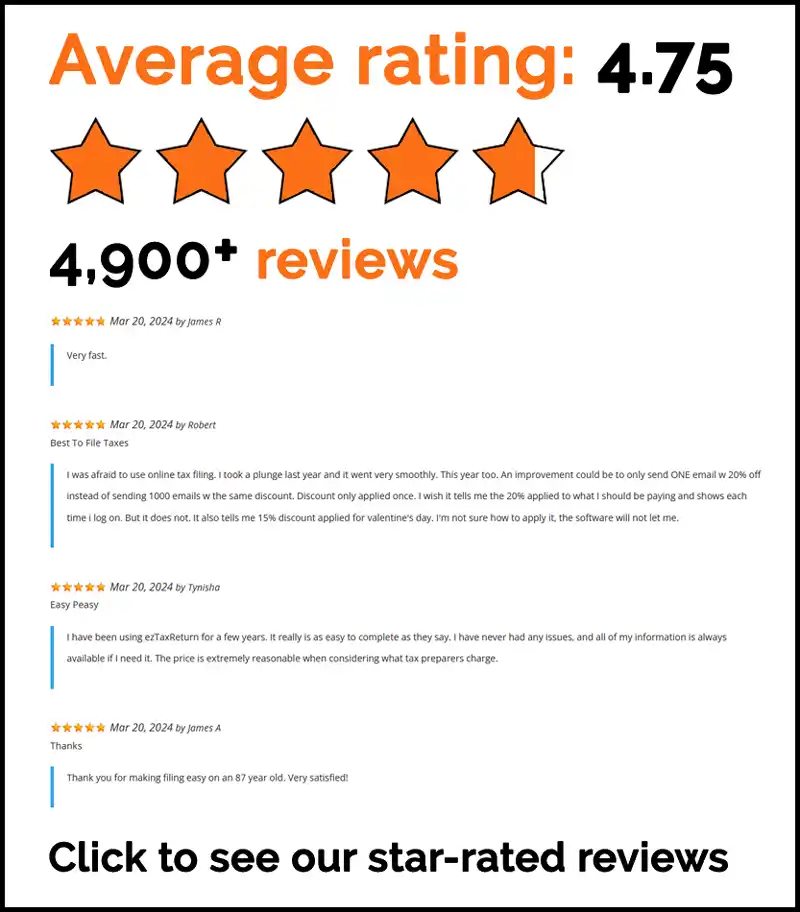We’d all love to have a nice cushion in the bank. It doesn’t have to be six figures but enough to cover an emergency without panicking. Unfortunately, that isn’t the case for most Americans. More than half of them have less than $1,000 saved. The most common issues holding them back are living paycheck to paycheck, low salaries, high cost of living and too much debt. If you’ve been struggling to reach your financial goals here are some tips to help you save your first $1000.
Open a savings account
We don’t know who needs to hear this but it’s not a good idea to keep your cash under a mattress. For starters, it’s one of the first places burglars look when they enter a home. Plus, you’re missing the opportunity to earn interest and watch your money grow. On your journey to saving your first $1000, the best place to park your cash is in a savings account, preferably one with high interest rates and no fees. Opening a bank account is simple, generally you’ll just need a photo ID, social security number and a minimum deposit.
Set aside a small amount from each paycheck
Many experts recommend saving at least 20 percent of your income. However, when you’re already struggling to save your first $1000 that number is a bit unrealistic. Therefore, we suggest setting aside small amounts instead. Remember, a little progress is better than no progress. Try saving $20 from each check and see how you feel. Chances are you won’t even miss it. Once you get comfortable saving that amount consistently, challenge yourself to save more and more.
Track your spending
Are you saving as much as you can? Review your finances to find out. For most people the experience is very eye opening. Too often you don’t realize how much money you’re wasting until you actually sit down and crunch the numbers. Completing this simple task will make it easier to see:
- How much money you make.
- How you’re spending your money.
- Where you can cut back and save.
If you’re spending more than you make or want to save your first $1,000 faster, pick up a side hustle to bring in extra cash. Here are a few ideas to get you started:
- Drive for a rideshare app like Uber or Lyft.
- Deliver food for Postmates, DoorDash, Grubhub or Instacart.
- Sell the stuff you never use.
- Do freelance work on Fiverr or Upwork.
- Become a dog sitter or walker on Rover.
- Offer furniture assembly, handy work, or moving services on TaskRabbit.
Cut back on little luxuries
Most people aren’t willing to strip their budget down to the bare bones and give up all luxuries. After working 40+ hours per week, we don’t blame you for wanting to enjoy the fruits of your labor. However, trimming your expenses will help you save your first $1000 quicker, so you need to find a happy medium. If your daily commute includes a pitstop to Starbucks, brew your own coffee at home a couple times a week. Instead of heading to the movies, watch one for free on PlutoTV or Tubi. Other ways to save include:
- Looking for cheaper cable, cell phone, insurance, and internet plans.
- Canceling subscriptions and memberships you don’t use.
- Packing your own lunch.
- Shopping at stores that offer rewards and discounts.
- Buying generic brands.
- Borrowing books and movies from your local library.
- Finding free or low-cost family activities.
- Going to Happy Hour for discounted drinks and appetizers.
Saving money doesn’t mean you have to stop enjoying your life.
Set up automatic transfers to save money consistently
A silly mistake keeping people from saving more money is that they forget to move the funds into their savings account. A simple solution is to schedule automatic transfers. With this banking feature money will be transferred into your savings account regularly before you get a chance to spend it.
File your taxes and get your maximum refund, guaranteed.
Los artículos y contenidos publicados en este blog se facilitan únicamente con fines informativos. La información presentada no pretende ser, y no debe tomarse como, asesoramiento legal, financiero o profesional. Se aconseja a los lectores que busquen la orientación profesional adecuada y lleven a cabo su propia diligencia debida antes de tomar cualquier decisión basada en la información proporcionada.




